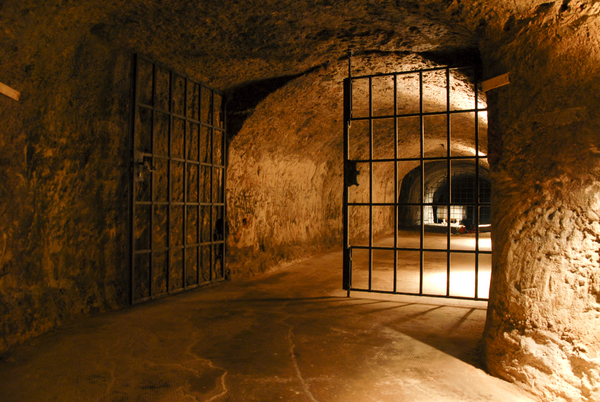The history of Nuremberg is inseparable from the history of beer. At the end of a tour of the historic undergraound rock-cut cellars and the Hausbrauerei Alstadthof, you can try a traditional Nuremberg red beer.
At the end of the 14th century in Nuremberg, there were more than 40 breweries for a population that totaled less than 30,000 people. A regulation from the city council required everyone who wanted to brew beer and sell it to have their own beer cellar for fermentation and storing of beer. It is this medieval law that produced today's historical rock-cut cellars.
A Maze of Cellars Spread Over Several Stories
The castle, city wall and St. Lorenz Church are all made of sandstone and create, along with many other buildings, the unique cityscape of Nuremberg. In the sandstone hill underneath the Imperial Castle, a rock-cut labyrinth of cellars was carved out of the stone over the centuries. This maze of cellars was used for brewing and storing beer and for the collection of clean water. Here, many citizens found shelter from bombing raids during the Second World War.
Discover the Underground Nuremberg
More than 20,000 m² of rock-cut cellars create the largest contiguous cellar labyrinth in southern Germany.
In addition to the rock-cut cellars, there are other underground sights in Nuremberg which are worth a visit. Irreplaceable art treasures from Albrecht dürer, Veit Stoß or Martin Behaim were stored in the Historical Art Bunker during World War II. The casemates, underground defensive tunnels in the bastion of the castle, show the skill required to build Renaissance fortifications.


